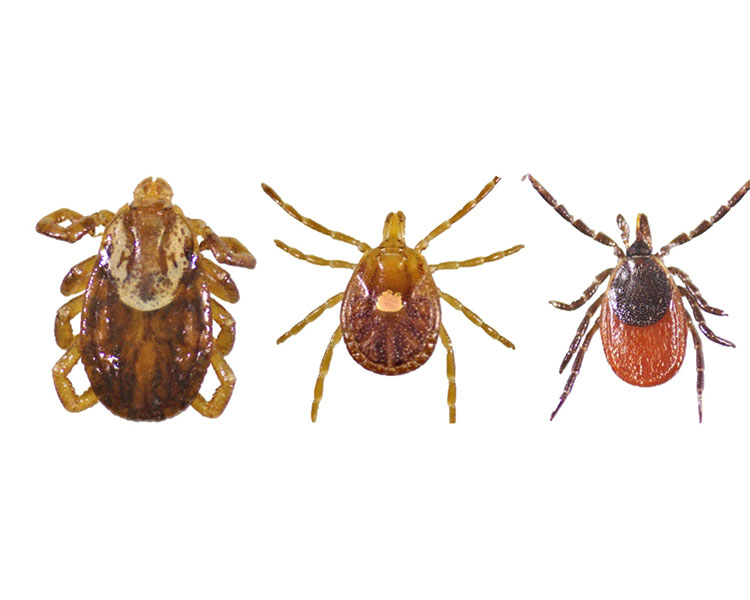UK entomology student recording, evaluating state’s tick population
UK entomology student recording, evaluating state’s tick population

Ticks are a concern for anyone who spends a significant amount of time outdoors. A University of Kentucky entomology graduate student is collecting ticks from across Kentucky to determine the make-up of the state’s tick population.
Anna Pasternak, a student in the UK College of Agriculture, Food and Environment, is gathering information for the new Kentucky Tick Surveillance Program. She is conducting the program in partnership with the Kentucky Department of Public Health. The program will provide insights into the ticks found in the state and will give UK entomologists, public health professionals, government officials and other stakeholders valuable information to help them prepare for new tick species entering the state and find ways to minimize the effects of tick-borne diseases.
“With its many forests, humidity and large deer population, Kentucky provides an ideal environment for many tick species,” said Jonathan Larson, UK extension entomologist and a member of Pasternak’s master’s degree advisory committee. “Anna’s survey will give us a good picture of the types of ticks that are out there, so we can minimize their effects.”
Since she began her graduate degree program in January 2019, Pasternak has cataloged more than 2,700 ticks from across Kentucky. Before her survey, only 36 counties had any type of tick-related data. Now, more than 90 counties have some information about the ticks in their area. In 2019, Pasternak collected ticks from public areas from April through September, the time when ticks are the most active. She is doing so again this year. She also accepts submissions from Kentucky veterinarians and UK Cooperative Extension Service agents.
“Within the past year, the most common ticks found in Kentucky are the lone star tick, blacklegged tick and the American dog tick. All are vectors of human diseases,” Pasternak said. “These ticks and their pathogens are established throughout the state.”
Fortunately, only a small percentage of these ticks transmit diseases. Most bites are an itchy nuisance that last between seven and 10 days.
Thus far, the lone star tick has been the most common tick in Pasternak’s survey. Female lone star ticks are by a white spot on their backs, while males are a reddish-brown. Lone star ticks are vectors of human ehrlichiosis, a bacterial disease and alpha-gal syndrome, known as the “red meat allergy.” All developmental stages of the tick will feed on humans, and unlike other tick species that lay in wait for a host, lone star ticks actively seek out a blood meal.
The blacklegged tick is the only species that tends to be active year-round, and it is the only vector of Lyme disease. Blacklegged ticks have a reddish-brown body, dark head, long mouthparts and dark legs. Males have a dark plate that covers their whole body, while females have a dark plate that only covers half of their body.
The American dog tick is the primary vector of Rocky Mountain spotted fever. It is reddish brown with mottled white markings on its back. Only adult American dog ticks feed on humans.
“For Lyme disease and Rocky Mountain spotted fever to transmit to humans, ticks have to be attached to a person for several hours. That’s why it’s important for people to check themselves for ticks every few hours while outside and especially on areas of their body where ticks are commonly found like the behind the ears, hair, neck, legs and around the waist,” Larson said. “Prompt tick removal using fine-tipped tweezers can significantly lower a person’s risk for getting a tick-related disease.”
Members of the public interested in submitting ticks to Pasternak for inclusion in the Kentucky Tick Surveillance Program should contact their local office of the UK Cooperative Extension Service to see if they are allowing sample submissions during the COVID-19 pandemic.
Additional information on tick bite prevention and proper tick removal is available in UK entomology’s ENTFACT 618: Ticks and Disease in Kentucky. It is available online at https://entomology.ca.uky.edu/ef618 or by contacting a local extension office.
Entomology Extension Research

